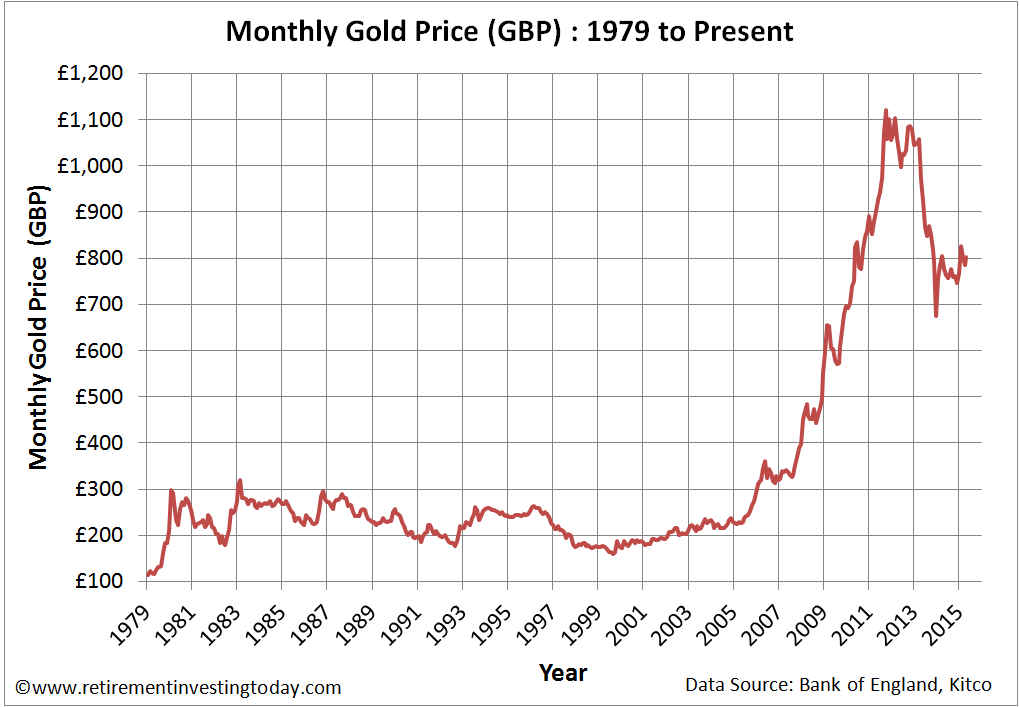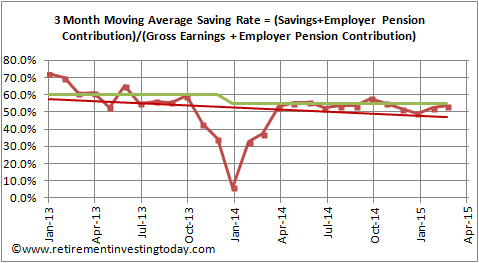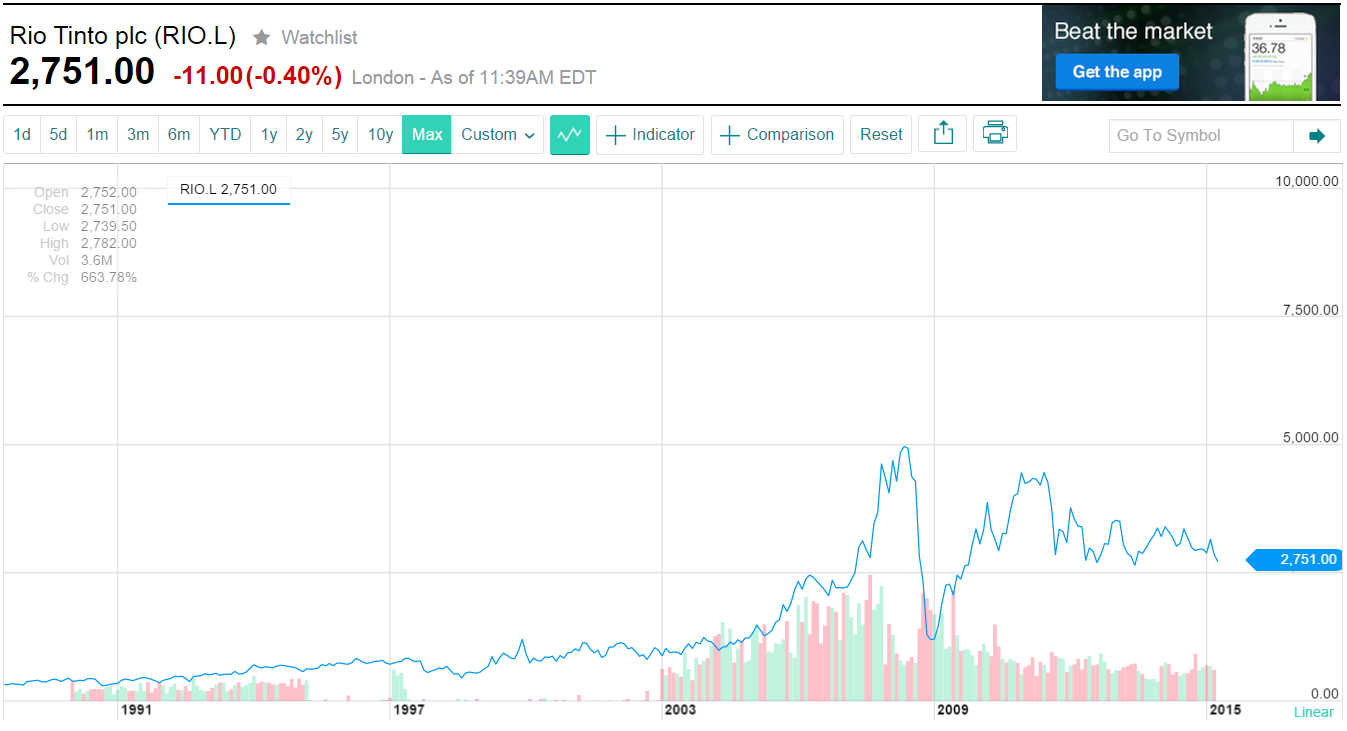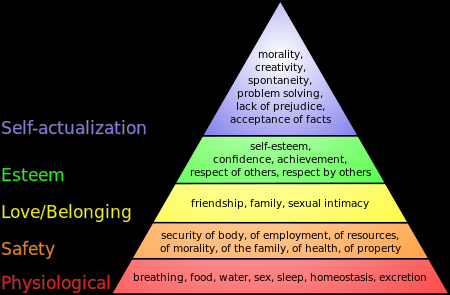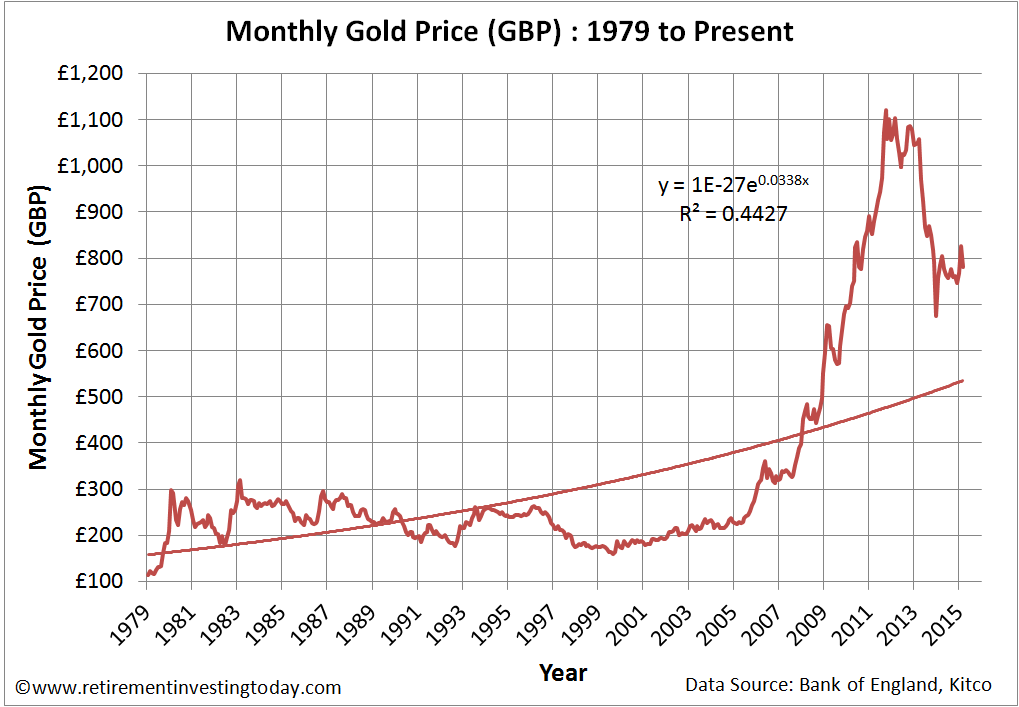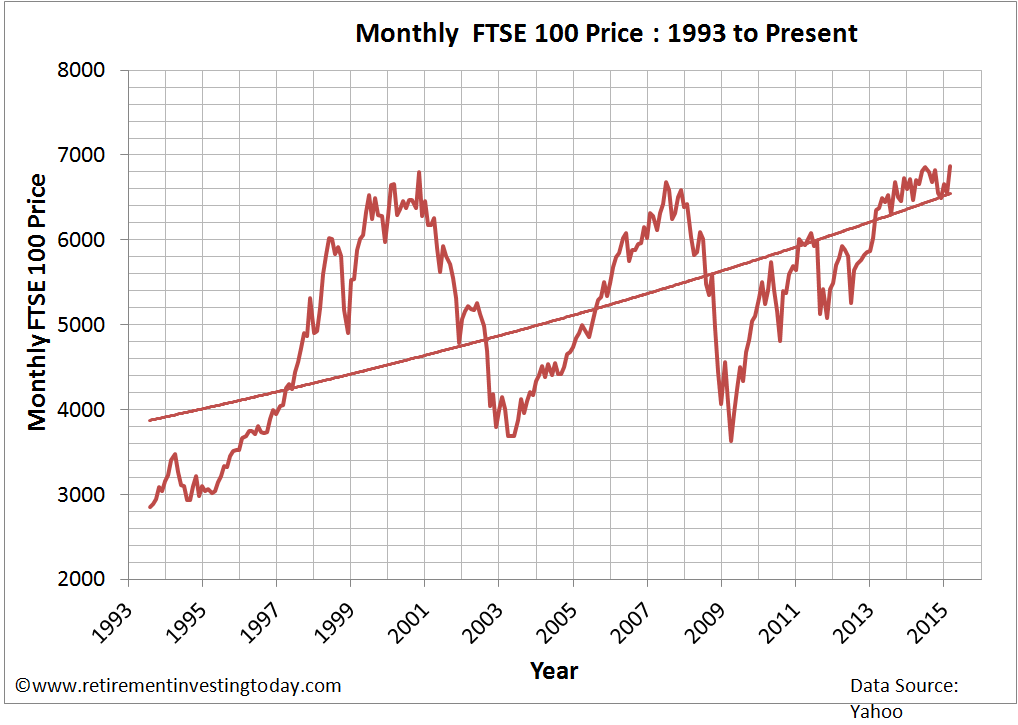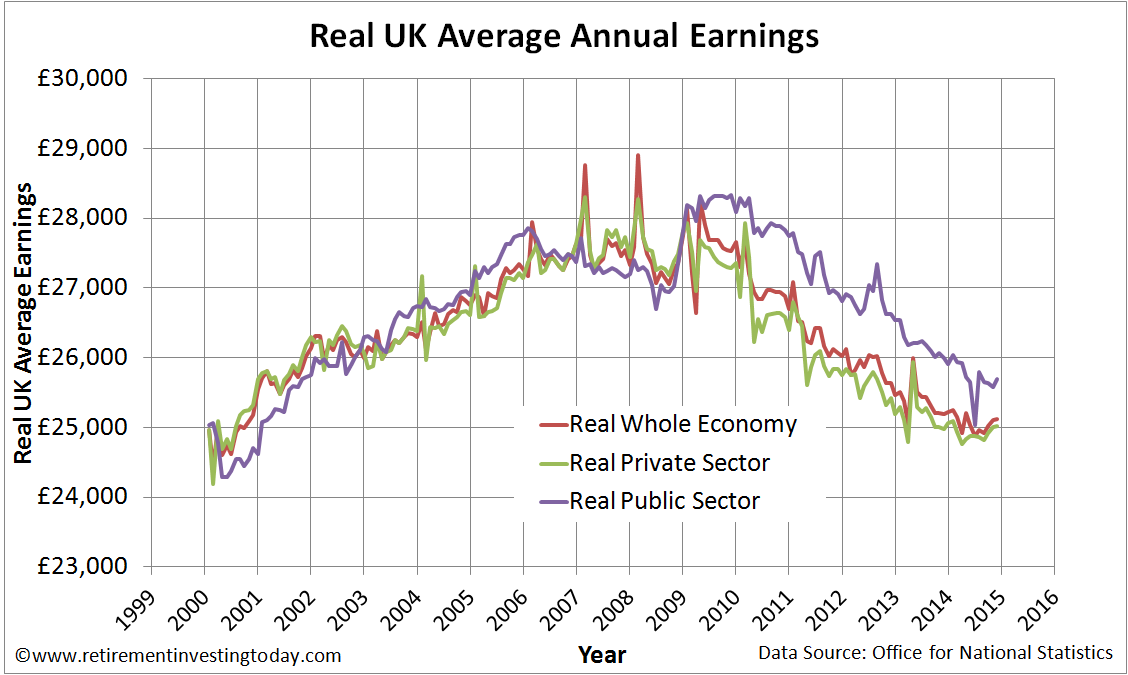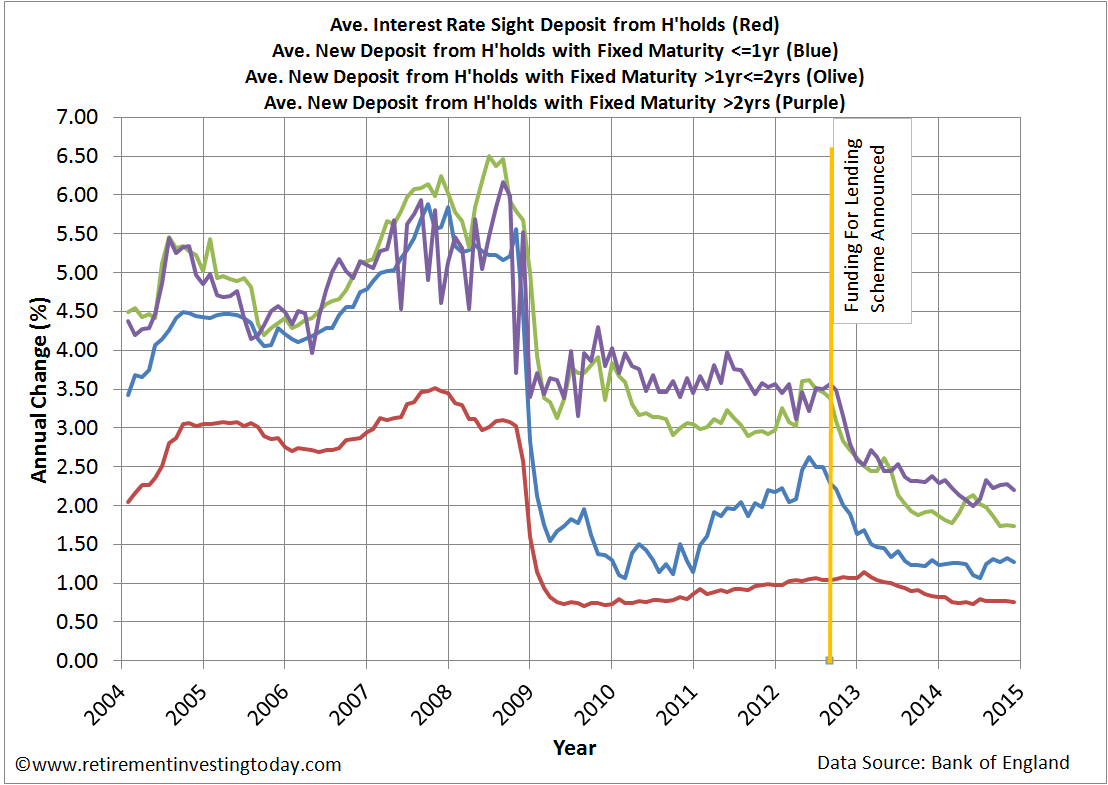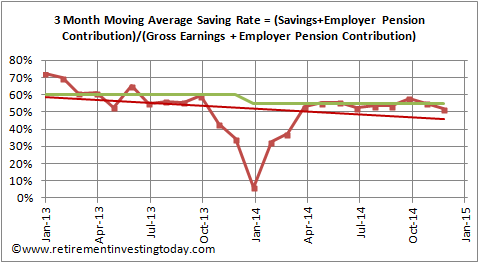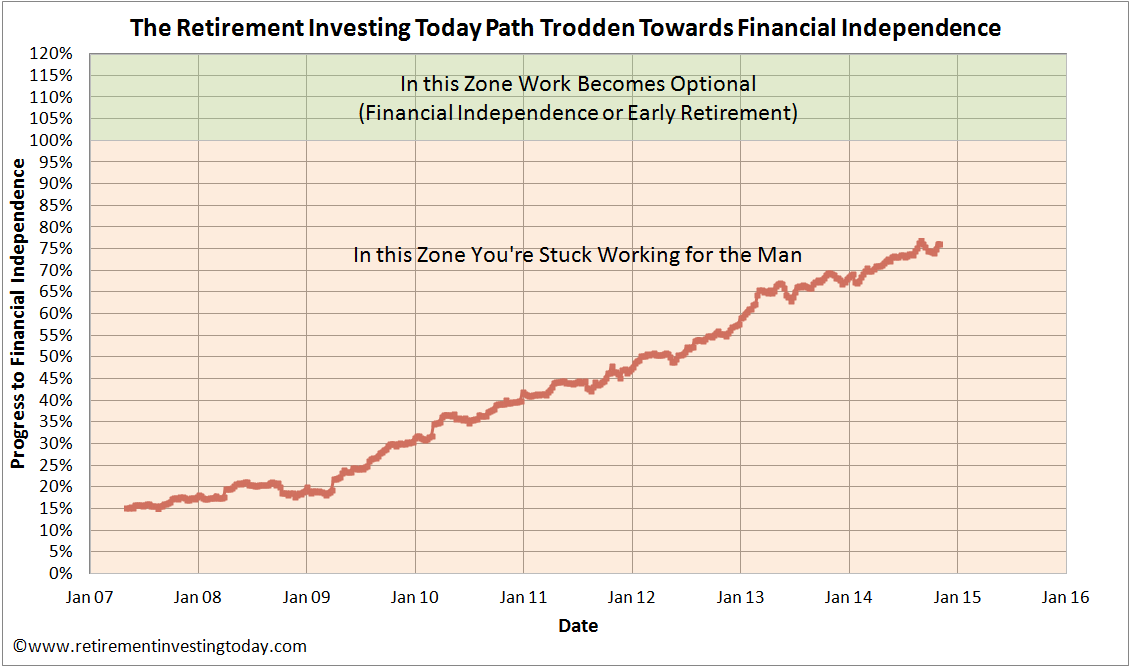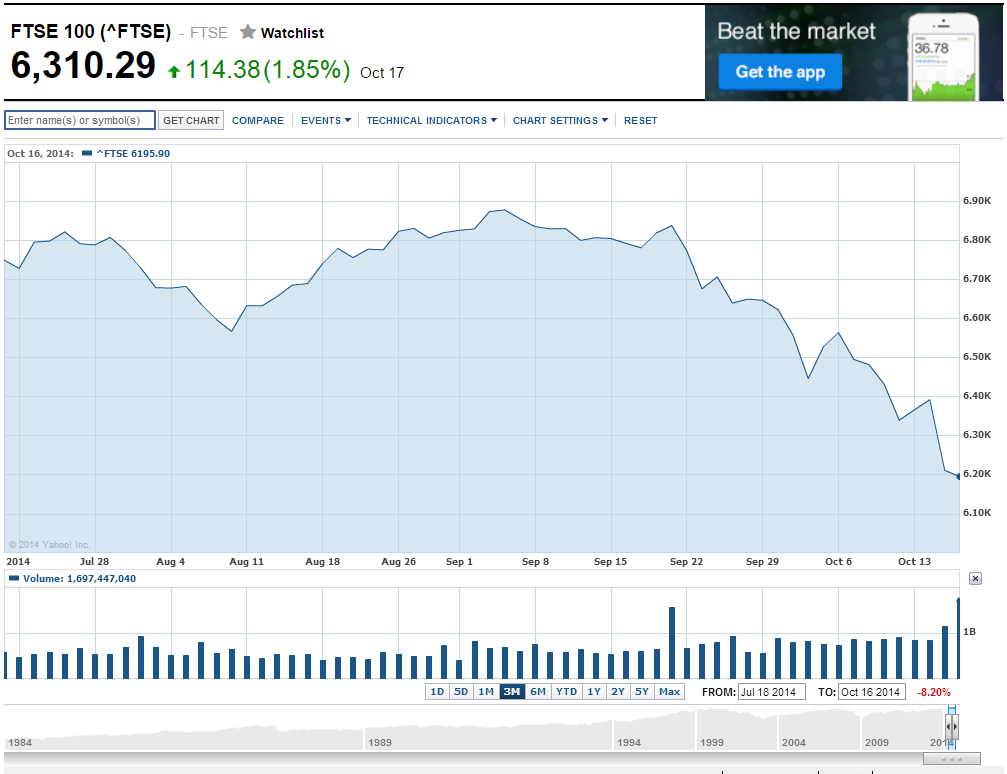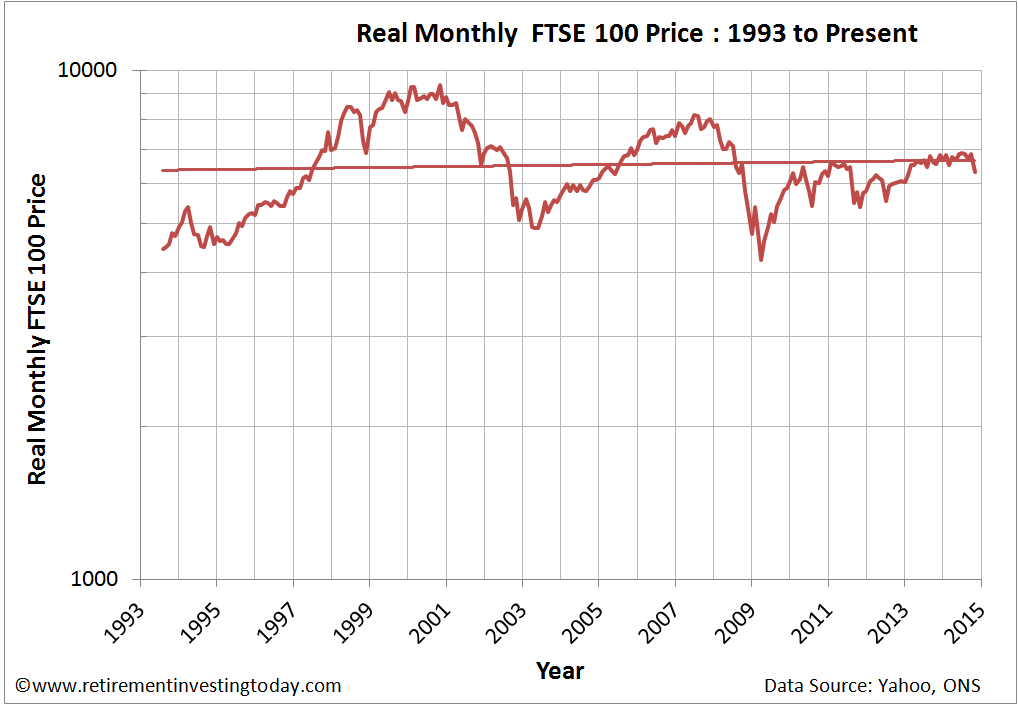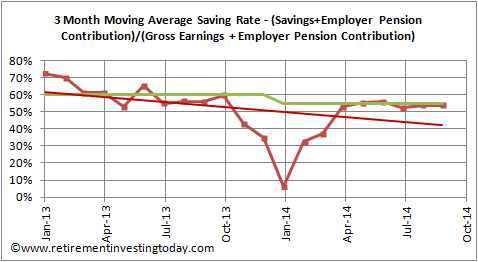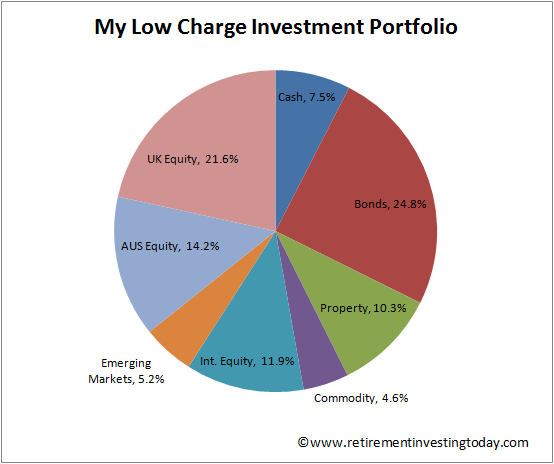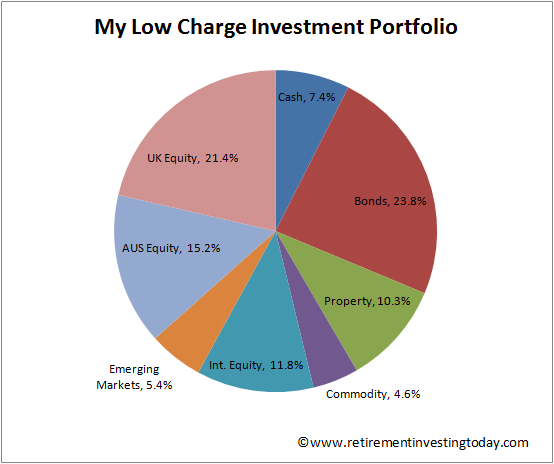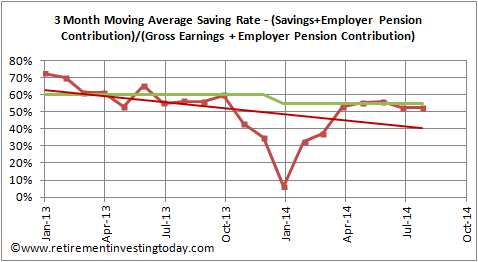About half of my current monthly savings are salary sacrificed into my employers Defined Contribution Pension plan. I do this over adding directly to my own personal SIPP for a few reasons:
These benefits definitely outweigh the high 0.6% to 0.76% expenses I'm then paying for trackers and the lowest cost active funds (where a tracker is not available) within the Pension. That said if I could find a way to get the money in through salary sacrifice as I do today but then transfer at regular intervals into my SIPP I’d get all the salary sacrifice benefits of the company pension as well as all the low cost benefits of a DIY SIPP. This effect would be noticeable as I've been with my current employer for a large portion of my Financial Independence Retire Early (FIRE) journey meaning some 15% of my total wealth is now held within the company pension. I estimate it would reduce my total wealth annual expenses from 0.31% per annum to about 0.25%. 0.06% doesn't sound like much until you run the numbers and realise its £60 per annum if your wealth is £100,000 and £600 per annum on £1 million.
Regular readers will know I've been trying to find a way to do this for some time. I've tried two different angles:
I am however pleased to announce that many emails, phone calls and a lot of time later I have achieved success. In case any readers are trying to do something similar the form I needed is what is called a Declaration of Claim Discharge which is a simple 2 page form which importantly includes a section called a Partial Transfer Request which enables me to check a box entitled “If you wish to move the ‘maximum amount’, please tick the box opposite”. All I have to do is complete this form and then attach it to the SIPP transfer form from my chosen SIPP provider and I'm away.
- My employer matches contributions up to a certain level;
- My employer adds the majority of the employers National Insurance that they save into the pension; and
- The 2% employee National Insurance that I would have paid is also able to be added into the pension
Wealth Warning: Before I proceed it’s worth reinforcing that my employer pension plan is a Defined Contribution Pension and not a Defined Benefit Pension. It also provides absolutely zero additional benefits. If it was or did either of those things what I describe below may not be the right approach.
These benefits definitely outweigh the high 0.6% to 0.76% expenses I'm then paying for trackers and the lowest cost active funds (where a tracker is not available) within the Pension. That said if I could find a way to get the money in through salary sacrifice as I do today but then transfer at regular intervals into my SIPP I’d get all the salary sacrifice benefits of the company pension as well as all the low cost benefits of a DIY SIPP. This effect would be noticeable as I've been with my current employer for a large portion of my Financial Independence Retire Early (FIRE) journey meaning some 15% of my total wealth is now held within the company pension. I estimate it would reduce my total wealth annual expenses from 0.31% per annum to about 0.25%. 0.06% doesn't sound like much until you run the numbers and realise its £60 per annum if your wealth is £100,000 and £600 per annum on £1 million.
Regular readers will know I've been trying to find a way to do this for some time. I've tried two different angles:
- Get my employer to open me a new Pension policy with them salary sacrificing into that new account. The old account would then be dormant allowing a trivial SIPP transfer by simply filling out the short transfer form that is available from any SIPP provider. Unfortunately my employer wouldn't budge here as it was just too much “admin”.
- Ascertain from the insurance company who provides the Defined Contribution pension if and how this can be done. They obviously have a vested interest in being as slow and obstructive here as possible.
I am however pleased to announce that many emails, phone calls and a lot of time later I have achieved success. In case any readers are trying to do something similar the form I needed is what is called a Declaration of Claim Discharge which is a simple 2 page form which importantly includes a section called a Partial Transfer Request which enables me to check a box entitled “If you wish to move the ‘maximum amount’, please tick the box opposite”. All I have to do is complete this form and then attach it to the SIPP transfer form from my chosen SIPP provider and I'm away.



